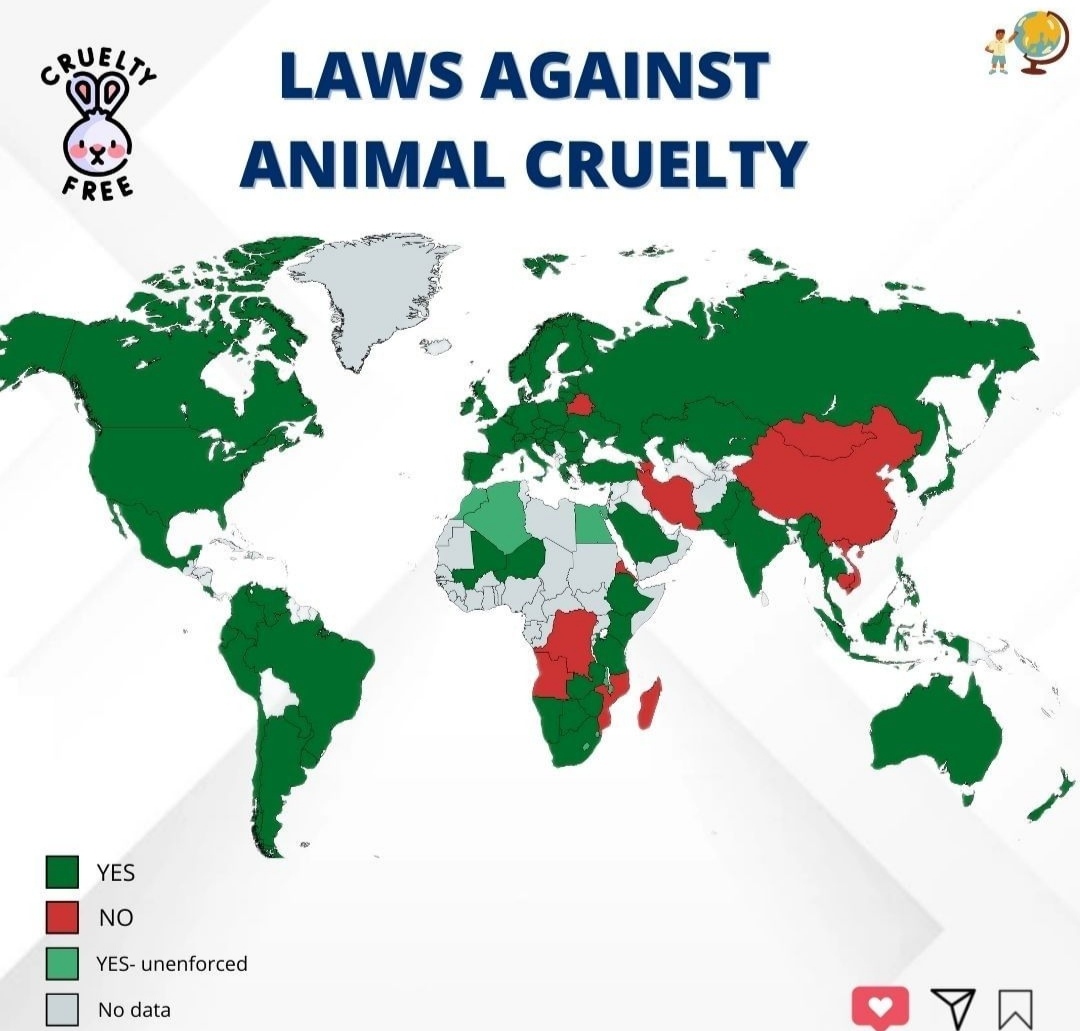In the realm of animal rights, the legal frameworks surrounding animal cruelty vary significantly across different jurisdictions, raising an intriguing question: Are we truly doing enough to protect our vulnerable companions? This discourse invites individuals to ponder the ethical implications of these laws and whether they effectively mitigate the suffering of animals. By examining laws in Canada, Australia, and the global landscape, we seek to illuminate the successes and shortcomings of current regulations.
Animal Cruelty in Canada
In Canada, the laws concerning animal cruelty are enshrined primarily within the Criminal Code. Section 445.1 delineates various forms of cruelty, including neglect and intentional harm. The penalties can range from fines to imprisonment, depending on the severity of the offense. Despite this framework, animal advocates frequently argue that the existing laws lack the requisite strictness. For instance, the definition of what constitutes “cruelty” is often perceived as ambiguous, leading to inconsistent enforcement.
Provincial laws also play a crucial role in protecting animals. The Animal Welfare Act in British Columbia, for example, offers additional regulations focusing on the humane treatment of animals during industries such as farming and entertainment. However, critics argue that enforcement remains elusive, and many cases of abuse go unaddressed. This situation presents a palpable challenge for activists aiming to instigate meaningful reform.
Moreover, the Canadian public has demonstrated an increasing awareness of animal rights issues, which invigorates discussions around potential legislative amendments. While there are movements advocating for stronger protections, the question lingers: How can society advocate for more robust laws without crossing the delicate balance of personal freedoms and cultural practices?
Animal Cruelty in Australia
In Australia, the legal landscape for animal cruelty also fluctuates between federal and state regulations. The Australian Animal Welfare Strategy establishes a broad framework, yet individual states are left to enact and implement their own laws. For example, New South Wales has enacted the Prevention of Cruelty to Animals Act, which outlines ethical treatment standards for both domestic and farm animals. Offenses under this statute can result in significant fines, restitution orders, and in severe cases, prison sentences.
However, Australia’s framework is not without its flaws. Various reports uncover stark discrepancies in the enforcement of laws across different states. Furthermore, loopholes exist within agricultural practices, where certain species experience less protection. Despite being a progressive nation, the question beckons: Why are our laws sometimes insufficient in safeguarding all animals impartially?
Public sentiment toward animal welfare is gradually shifting, with campaigns targeting specific issues such as live export and greyhound racing garnering significant attention. These movements have prompted legislative reviews, yet they exemplify the ongoing struggle between economic interests and animal rights. As advocates strive for reform, they are met with resistance from industries reliant on animal exploitation. Herein lies the paradox: How do we reconcile the economic benefits from animal industries with the moral imperative to protect sentient beings?
Animal Cruelty on a Global Scale
Globally, the issue of animal cruelty transcends borders, with a patchwork of laws reflecting disparate cultural attitudes toward animals. Countries like Switzerland and Germany have established reputations for progressive animal rights laws, often deemed exemplary on the international stage. These nations employ a proactive approach to animal welfare, ensuring standards are embedded within their legal frameworks.
Conversely, many countries struggle to develop effective legislation. In some regions, traditional practices predominate, leading to practices that can be deemed cruel by modern sensibilities. In parts of Asia, for instance, certain customs involving the treatment of dogs and cats are contentious and provoke international outrage. The question arises: How can world leaders encourage cultural shifts toward more humane treatment of animals without imposing extraterritorial mandates?
Additionally, international organizations like the World Animal Protection are working tirelessly to promote comprehensive animal welfare legislation worldwide. They advocate for standardized laws that address not just intentional cruelty, but also neglect and exploitation across various industries. Yet, the challenge remains: How can we hasten the adoption of these vital laws in nations where animal welfare is often sidelined in favor of economic growth?
Conclusion: Moving Towards an Ethical Future
The examination of animal cruelty laws across Canada, Australia, and on a global scale reveals a complex tapestry woven with the threads of progress and setbacks. As advocates continue to voice their concerns, the challenge persists: creating a society that prioritizes the welfare of animals alongside human interests. With laws often lagging behind societal values, the question motivates ongoing discussions and actions: Can we amplify the voices of the voiceless and ensure that the scales of justice tip toward compassion?
In the incessant pursuit of reform, it is imperative to engage in multifaceted dialogues that incorporate diverse perspectives. We must strive for a future where all animals are afforded the respect and protection they inherently deserve, urging governmental bodies to act decisively against cruelty. The quest for animal welfare continues, and with concerted efforts, we can aspire to eradicate the insidious nature of animal cruelty from our world.








